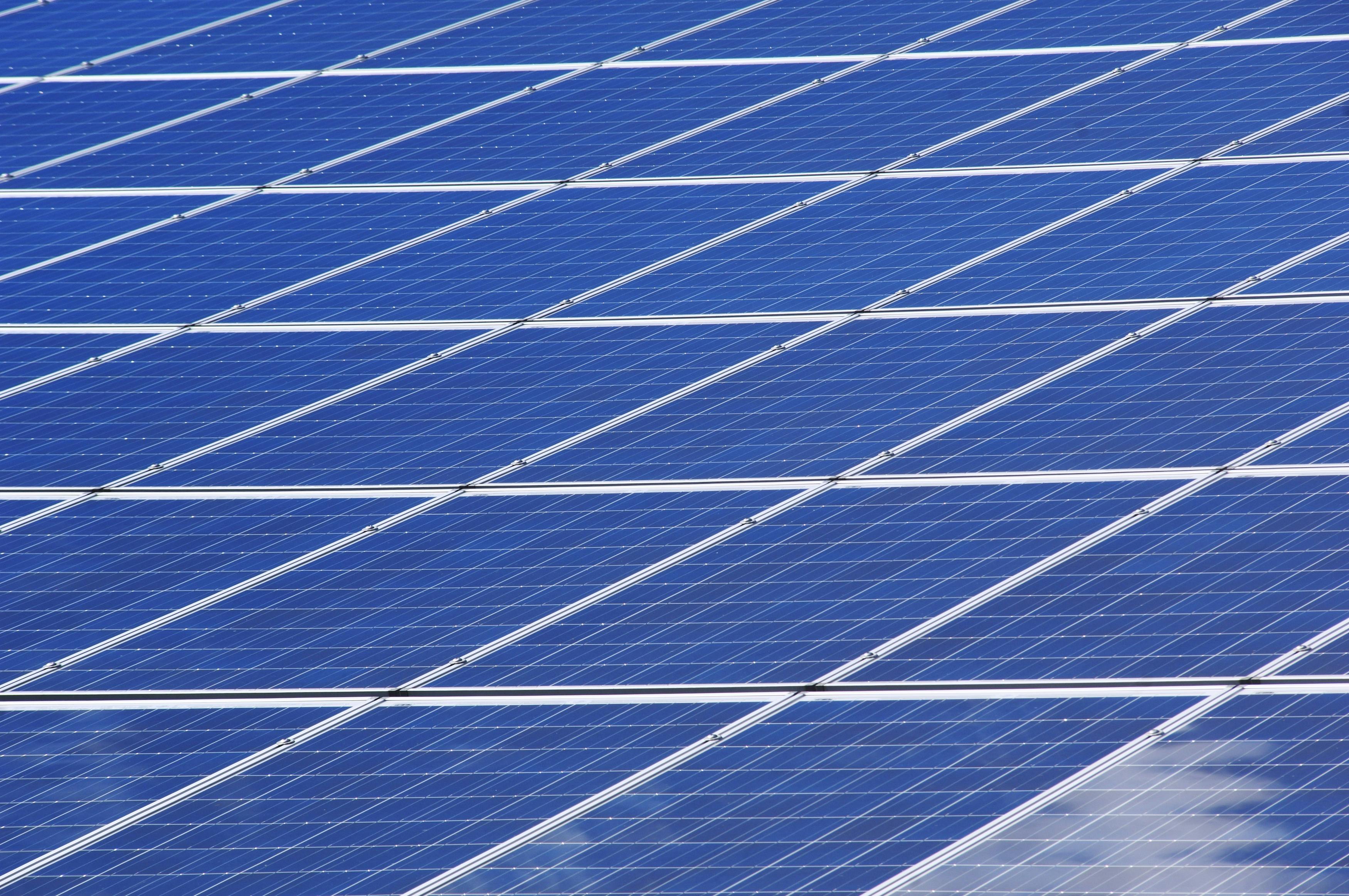Harnessing solar energy through commercial building side windows
In 2025, solar energy harvesting is expanding beyond rooftops to include the glass façades and side windows of commercial buildings. Transparent photovoltaic coatings and solar-integrated window films are now being studied for their ability to generate renewable power without compromising natural light or aesthetics. This article explores how these technologies work, the types of materials used, and the factors that influence their installation and efficiency in modern architecture.

The concept of harvesting solar energy through building windows has evolved from experimental technology to practical implementation in modern commercial architecture. This innovative approach addresses the growing demand for renewable energy solutions while maximizing the use of available building surfaces for power generation.
Understanding solar energy harvesting through windows
Window-integrated solar technology utilizes photovoltaic cells embedded within or applied to glass surfaces. These systems can be fully transparent, allowing complete visibility, or semi-transparent with varying degrees of opacity. The technology works by capturing sunlight that hits the vertical surfaces of buildings and converting it into usable electricity. Modern transparent solar cells use organic photovoltaics or perovskite materials that can generate power while remaining nearly invisible to the human eye.
The installation process involves replacing traditional windows with solar-integrated alternatives or retrofitting existing glass with thin-film solar coatings. These systems connect to the building’s electrical infrastructure, feeding generated power directly into the grid or storing it in battery systems for later use.
Benefits of solar energy harvesting on commercial buildings
Commercial buildings benefit significantly from window-based solar harvesting systems. The technology maximizes energy generation potential by utilizing previously unused vertical surfaces, effectively doubling or tripling the available solar collection area compared to rooftop-only installations. This approach proves particularly valuable in urban environments where building density limits rooftop access.
Energy cost reduction represents a primary advantage, with buildings potentially offsetting 20-40% of their electricity consumption through window-integrated systems. The technology also enhances building sustainability ratings, contributing to LEED certification and other green building standards. Additionally, solar windows can reduce cooling costs by blocking infrared radiation while allowing visible light to pass through.
From an aesthetic standpoint, building-integrated photovoltaics maintain architectural integrity while adding modern, high-tech appeal. Property values often increase due to the building’s enhanced energy efficiency and reduced operating costs.
Challenges facing solar energy harvesting technology
Despite promising benefits, window-based solar harvesting faces several technical and economic challenges. Efficiency remains lower than traditional solar panels, with transparent solar cells typically achieving 5-15% efficiency compared to 20-25% for conventional rooftop systems. This efficiency gap affects the return on investment timeline and overall energy output.
Installation costs currently exceed those of traditional windows, with solar-integrated systems costing 2-4 times more than standard glazing. The technology also requires specialized maintenance and replacement procedures, potentially increasing long-term operational expenses.
Weather durability presents another concern, as window-integrated systems must withstand wind, rain, and temperature fluctuations while maintaining both structural integrity and energy generation capacity. Building codes and safety regulations add complexity to installation processes, requiring specialized expertise and certification.
| Technology Type | Provider | Efficiency Range | Cost per Square Foot |
|---|---|---|---|
| Transparent Solar Film | Ubiquitous Energy | 8-12% | $15-25 |
| Semi-transparent Panels | Onyx Solar | 12-18% | $25-40 |
| Building-integrated PV | SolarWindow Technologies | 10-15% | $20-35 |
| Organic Photovoltaic Glass | Heliatek | 6-10% | $18-30 |
Prices, rates, or cost estimates mentioned in this article are based on the latest available information but may change over time. Independent research is advised before making financial decisions.
Successful case studies in solar energy harvesting
Several commercial buildings worldwide demonstrate successful implementation of window-based solar harvesting. The Copenhagen International School features one of the largest building-integrated photovoltaic facades, with 12,000 colored solar panels generating approximately 300 MWh annually while creating an artistic exterior design.
In the United States, the National Renewable Energy Laboratory’s Research Support Facility incorporates advanced window technologies that contribute to the building’s net-zero energy status. The facility combines high-performance glazing with integrated photovoltaic elements to optimize both energy generation and thermal performance.
The Vertical Harvest facility in Wyoming showcases agricultural applications, using transparent solar cells in greenhouse windows to generate power while maintaining optimal growing conditions for crops. This dual-purpose approach demonstrates the versatility of window-integrated solar technology across different commercial sectors.
European implementations include the BIQ House in Hamburg, which features algae-filled glass panels that generate both biomass and thermal energy while providing dynamic shading. These real-world examples prove the viability of window-based solar harvesting in diverse climates and applications.
The future of commercial building solar integration looks promising as technology continues advancing and costs decrease. Window-based solar harvesting represents a significant step toward truly sustainable commercial architecture, transforming buildings from energy consumers into active power generators while maintaining functionality and aesthetic appeal.




